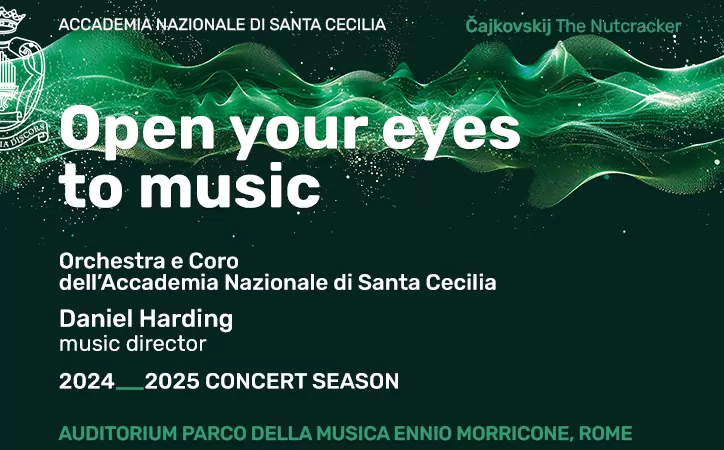Unscrupulous gang bosses pay foreign workers a pittance for dangerous and unregulated work on Rome’s building sites
by Mike Dilien
Viale Palmiro Togliatti. At dawn, a dozen men get off bus 591 and join a crowd behind the bus stop. A grey pile of rock is looming in the background. All the men carry a backpack, wear a baseball hat or hoodie, and keep their hands in their pockets. It is -2 degrees Celsius.
Several vans – large and small, delivery vans and pick-ups, all without a logo – are cruising the avenue. When one of the vans slows down in front of the crowd, the men become nervous.
Welcome to Rome’s oldest and largest illegal labour exchange. According to the ispettorato del lavoro, more than half of the local building companies turn to some 40 of these places in the capital. Originally, the smorzo (from smorzare: to dim, to cool off) was a place where quicklime was “cooled off” to slaked lime. It is now, in Roman dialect, a yard selling builder’s material. And sometimes a place where cheap labour can be hired.
The van stops. Instantly all the men gather around it. The driver negotiates with what seems to be a spokesman. Both men gesticulate heavily. Then the spokesman turns to the crowd, points at a couple of men and orders them to get in the vehicle.
Gang bosses take €12-€13 an hour for each worker, but pay him only €4-€5. They pay when the job is finished. Sometimes, when a job lasts several days, the gang master does not show up at the end, leaving the workers with only a mobile phone number that no longer takes calls.
To avoid taxes and contributions, building firms subcontract endlessly. The result is a pyramid structure of ever-smaller companies. “Companies,” explains Marco Di Girolamo of the Fillea Cgil union federation, “who have ridiculously small equity and whose legal owner turns out to be a drug addict.”
Apparently homogenous, the crowd on Viale Togliatti, which runs through the suburbs of Centocelle and Prenestina in the east of the city, consists of two separate groups: Romanians to the left, Moldavians to the right. On this avenue named after a famous Italian Marxist, these former Communist allies do not unite: Moldavians are extracomunitari and need a work permit and a visa; Romanians are comunitari and only need a work permit.
Outside another large smorzo, in Tor di Quinto to the east of Corso Francia, North African war refugees mingle with Arabs who fled the Arab Spring. Exploitation is not after a specific nationality, only a certain level of despair.
These day labourers work on sky-scraping scaffolds, clean storage tanks and remove asbestos without insurance, training or protective clothing. In 2007, the province of Rome recorded 19 fatal accidents – the tip of the iceberg, since there are only 20 labour inspectors and the statistics rarely include accidents involving illegal immigrants. When an illegal immigrant dies on a building site, he vanishes without trace.
By 08.00 the vans disappear. Now the first cars show up. A driver pulls over. He rolls down the window. Ordinary citizens come here to pick up someone to paint a wall, put up a satellite dish or break down a stable. The principle is simple: you agree a price, take the worker to the work place and bring him back afterwards. Daniele, Silvio or Valerio–they all Italianise their names – claim to “work fast”, promise “una cosa ben fatta” and, above all, do not charge VAT.
Neighbourhood residents close their eyes to this open-air discounter of despair. Does the bus stop in front of the crowd placate their conscience, let them pretend to believe that the men are waiting for the 591 bus?
All day patrol cars pass at regular intervals – the police station is just down the road. On the crossing with Via Prenestina, a patrol car stops an immigrant who is about to cross the avenue. The policemen check whether he is being looked for. They take his fingerprints.
Though one in five construction workers is in Italy illegally, the law surprisingly never checks the smorzi. Building companies face on average one inspection every seven years. Gang masters, from the snooper working on the building site to the recruiter operating in public places, only risk a €50 fine, and then only if they are caught red-handed. For years the Fillea Cgil has been pushing unsuccessfully to make illegal labour contracting a criminal offence. Immigrants may work cheaply, pay rent and contribute taxes, but not have a life.
The workers, some of whom are beyond retirement age, join the crowd outside the smorzo six days a week. The least fortunate spend Sunday asleep on the benches in front of it.
Around noon, most of the workers who have not managed to get a job leave. They take tram 14 to Termini station where they will try to get lunch from the Caritas canteen. Today is another day they will have to queue for food. Tonight the family men among them will go home empty-handed.
Those who stay are hoping for a small job, typically gardening. Some sit on the pavement chain-smoking; others cross the road to the Romanian supermarket to buy alcohol. Suddenly, a couple of men start to quarrel. A fight breaks out.
There is ever more competition for jobs. Fillea Cgil estimates that 15,000 immigrants gather outside Rome’s smorzi, more than three times the number the industry needs. A couple of years ago, workers easily made €50 a day; now they barely make €30.
When the cranes on the construction sites stop moving and traffic on the avenue slows, the men head to Ponte Mammolo. They sleep in cars, in barracks along the Aniene river or below bridges where they wake to the sound of the early train – ready to build another splendid villa or luxury flat; ready to refurbish that ideal holiday home.
From the 5 Feb paper edition Wanted in Rome

















